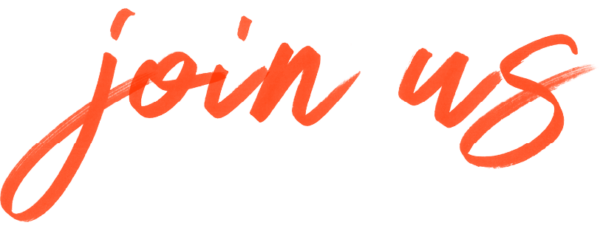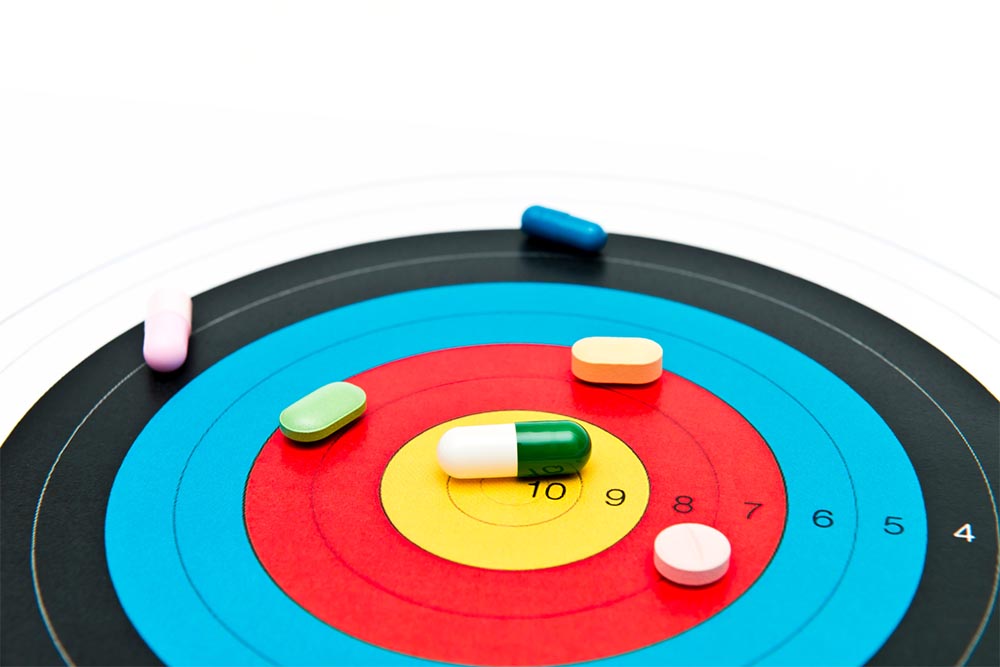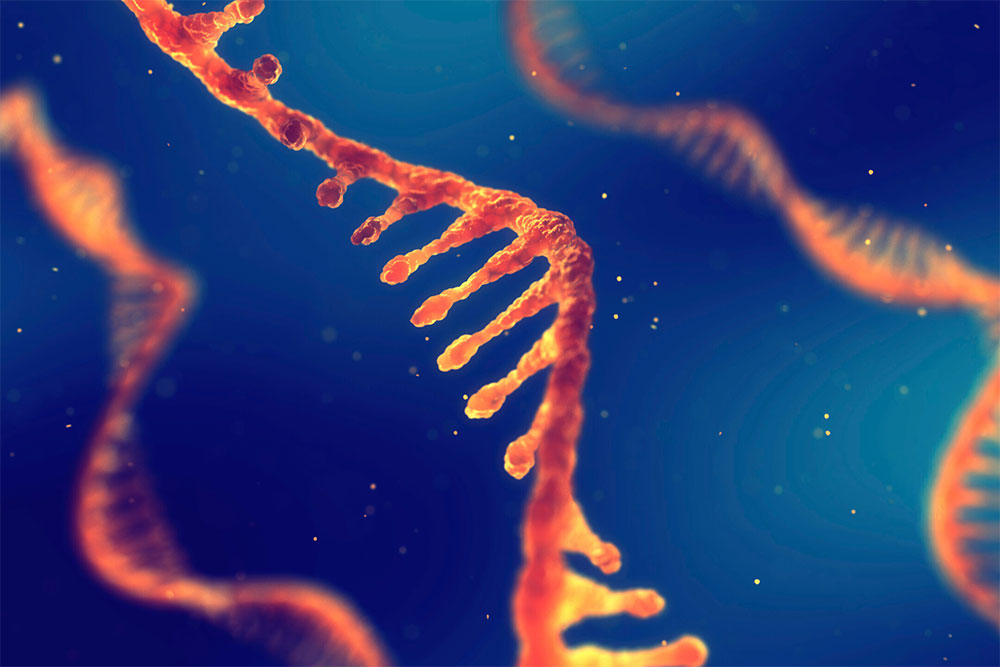There are three validated drug discovery platforms
There are three validated methods of discovering drugs – called platforms. Small molecule drugs (SMD), monoclonal antibodies (mAbs), and RNA-targeted drugs. SMDs are, you guessed it, very small! Remember that the size of chemicals is measured in units called Daltons, which is capitalized because it is named after the scientist who invented the term. The smallest chemical is a hydrogen ion, and it is 1 Dalton. Small molecule drugs are generally less than 500 Daltons. Because of this, they don’t carry much information and are not very specific in their ability to bind to proteins. A small change can alter the behavior of the drug almost entirely.
mAbs are man-designed, biologically made proteins and typically, are 60-70 thousand Daltons. Clearly, they are in orders of magnitude larger than SMDs and, as you’d expect, they behave very differently from SMDs. Because mAbs contain more information than SMDs, they are generally more specific. Though mAbs are much larger than SMDs, only a little bit of information in the mAbs is used to specifically interact with their target and yet, all that chemical information in the protein can interact with many other things and thus cause problems.
These are more specific than SMDs and can target a single site on a protein or chemical. RNA-targeted drugs, like antisense oligonucleotides (ASOs) and SiRNAs, use genetic information to target a specific site on an RNA. n-Lorem takes advantage of the specificity and versatility of ASO technology. ASOs are highly specific, and we can continuously learn from successes and failures of the technology to predict how the next one will behave. Discover the in-depth differences between the three platforms, their triumphs and failures in modern drug discovery, their benefits and limitations, and why gene therapy is not on the list of drug discovery platforms… yet.
On This Episode We Discuss:
- What are small molecule drugs?
- What are monoclonal antibodies?
- What are the types of RNA-targeted drugs?
- The properties of RNA-targeted drugs
- Why gene therapy isn’t validated… yet
- What is an AAV?
- What really is a cure?
- Understand the risks and benefits of a drug
Watch on YouTube:
The host of the show is Dr. Stanley Crooke, a scientist, a physician, an entrepreneur and the father of antisense technology. Dr. Crooke is responsible for driving the development of antisense or ASO technology, an RNA-targeted technology responsible for the commercialization of three best- and first-in class medicines and more than 40 drugs in development. In 2020, Stan formed n-Lorem to use this powerful technology to develop experimental personalized ASO medicines for nano-rare patients (1 to 30 patients worldwide) for free, for life.
Credits
Hosted by: Dr. Stan Crooke.
Videographer: Jon Magnuson of Mighty One Productions.
Producers: Kim Butler, Colin Delaney, Kira Dineen, Jon Magnuson, Andrew Serrano and Amy Williford
More from n-Lorem:
See what else we are up to on Twitter, Instagram, Facebook, LinkedIn, YouTube and our website, nlorem.org. If you enjoy this episode, please rate and review us, as it helps others find our podcast. Questions/inquiries can be sent to [email protected].
Listen to our next Intro to Medical Science episode

We cannot do
this alone
Together we are changing the world—
one patient at a time
We hope that you join us on this journey to discover, develop and provide individualized antisense medicines for free for life for nano-rare patients. The ultimate personalized medicine approach – for free, for life.
Follow us on social for updates on our latest efforts




